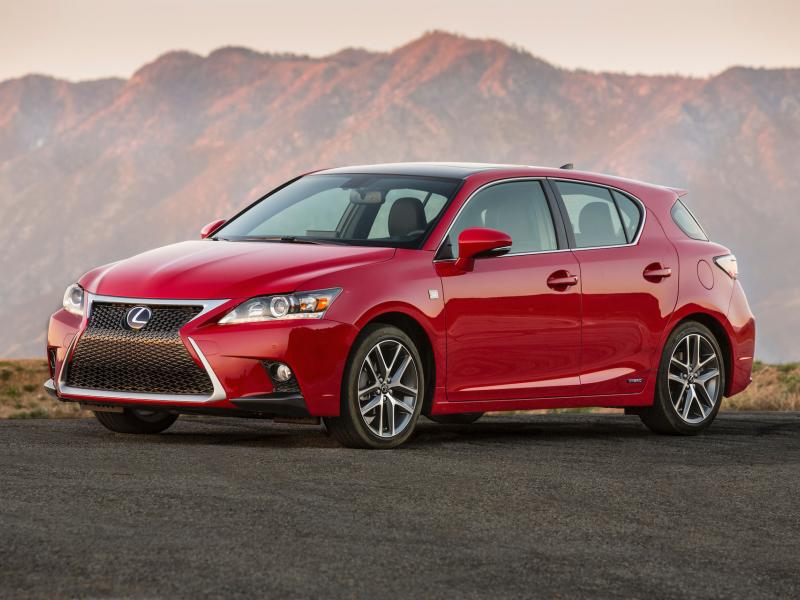Should You Use Tech to Monitor Your Teen Driver?

Car manufacturers are making it easier for parents to monitor teen driving behavior. For example, one automaker’s new tool makes it possible for parents to restrict the top speed settings and mute the car radio until the teen buckles her seat belt. Aftermarket manufacturers are getting in on the action, too, providing tools for parents to monitor teen driving behavior.
All of these advances are being done in the name of safety, but this begs the question: Should you use tech to monitor your teen driver?
That’s a question parents of young drivers must ask themselves. To that end we’ll examine a series of statements to help you answer this question. And if you’re a teenager, don’t worry — we were teen drivers once, and we understand how important your independence is.
The truth about teen drivers
- 1. For US teens, motor vehicle accidents are the leading cause of death.
The facts are clear: teenagers are more likely to die in a car accident than for any other reason, according to the Centers for Disease Control and Prevention. In 2013, 2,163 US teenagers died in car accidents. Another 243,243 sustained injuries serious enough to be treated in medical emergency rooms.
2. Teenagers are more likely to engage in risky behaviors.
Injury and death statistics are one thing, but they don’t tell the full story. Teenage driving behavior research has shown that youngsters are more likely to engage in risky behavior when accompanied by teenage passengers, especially boys (source: OLR Research Report). That’s one reason many states have graduated driving licenses in place whereby teens are granted additional privileges as they meet various age-related milestones. Teens who learn from their parents or another adult how to drive are less likely to engage in risky behavior.
3. Today’s cars are both technological marvels and minefields.
Technology is good, but only if used in the right way. Most cars built today come with advanced infotainment systems and connectivity options that can easily distract drivers (young and old alike). Some systems are so complicated that distractions are nearly a guarantee. This is where familiarizing yourself with the technologies is critically important, especially if your teenager will use the same car.
4. Technology can be turned off or ignored altogether.
Other innovations are helpful, especially safety-related technologies. These might include: blind spot monitoring, lane departure warning, lane keep assist, rear cross traffic alert, adaptive cruise control, automatic braking, and pedestrian detection. Along with a rear view monitor, much of the tech is already in place in newer vehicles. But some safety tech features can also be disengaged, including stability control, an important feature that helps keep the car safely in control during a skid or a slide.
5. Technology can help to monitor teenage driving behavior.
Tools such as Ford MyKey are useful and should be utilized if you worry about your teen’s behind-the-wheel behavior. But not all cars include these advanced technologies, requiring parents to explore other options. For example, there are devices like hum by Verizon that can be attached to a vehicle’s On-board diagnostic (OBD-II) port and can be used in most cars built in 1996 or later. This tool is composed of an OBD reader, speaker and mobile app. Parents can set certain geographic or speed limits for their teen drivers, and if those parameters are exceeded, they can receive alerts via email or text message. The hum device also provides diagnostic tools along with vehicle location history. The speaker allows Bluetooth connectivity by enabling hands-free talking when paired with a smartphone, and delivers push-button access for emergency help.
Next Step: Talk to Your Teen
Maintaining an ongoing conversation with your teenager about safe driving practices is one of the best ways to elicit positive behind-the-wheel behavior. If you desire additional reassurance, then use technology to monitor his driving behavior.
Resources for Parents
About the Author: Matt Keegan is a freelance automotive correspondent based in Cary, NC. With a pair of soon-to-drive boys in the house, Matt and his wife share the same concerns parents have everywhere about teenage driving safety. Matt also writes new car reviews for CARFAX and serves as the founder and editor of AutoTrends Magazine.
Disclaimer: This post is one of several articles part of a paid partnership with hum by Verizon. Our partnership focuses on driver safety, broadening the general awareness of Verizon’s hum product, and at times, will feature Verizon subject matter experts. Those articles will be denoted with an author by-line and this disclosure statement. Social media posts promoting the published articles in this series will be accompanied by the #humBCC and #sponsored hashtags.




